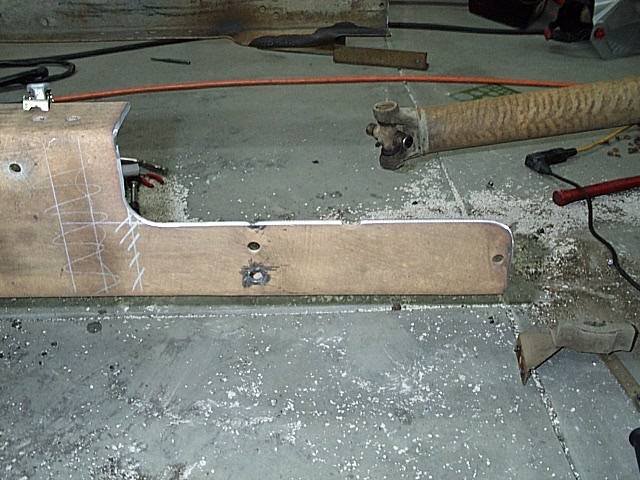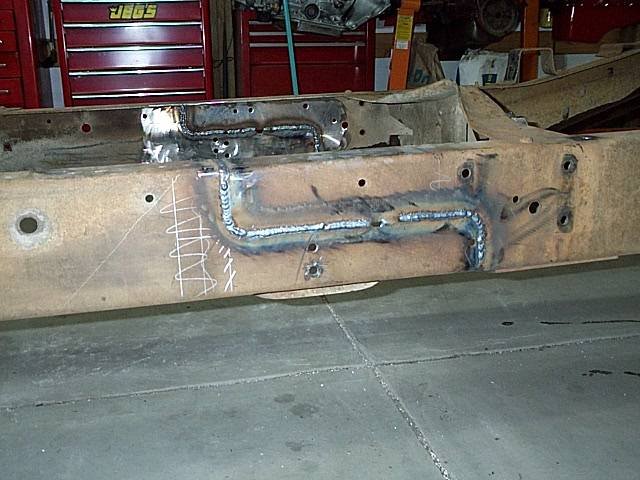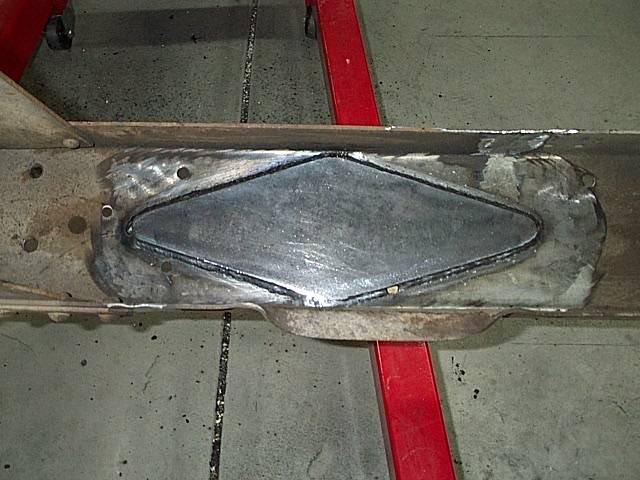LWhitehill
New Member
- Messages
- 2
- Reaction score
- 5
Wanting to stretch the frame on my 1999 k2500. It currently has a 6.5’ box, I would like to mount a 8’ flat bed. Does any one have any experience or advice on this?
Follow along with the video below to see how to install our site as a web app on your home screen.
Note: This feature may not be available in some browsers.



Backe in the 1970s we were fold to never weld on the frames. We always had make a bolted connection. Might have just been where I worked



However; it does appear that other states allowed those that did not pass that test weld on bridges that went on to collapse......Working for the Montana DOT, Each mechanic/welder had to pass a verticle welding test, any mech that did not pass was not allowed to weld on bridges, frames or hitches.
I dont know why I throwed that out there just to say welcome to thetruckstop. LOL
Yeah, state over here does not control who welds on bridges that is being overhauled through a contractor.However; it does appear that other states allowed those that did not pass that test weld on bridges that went on to collapse......